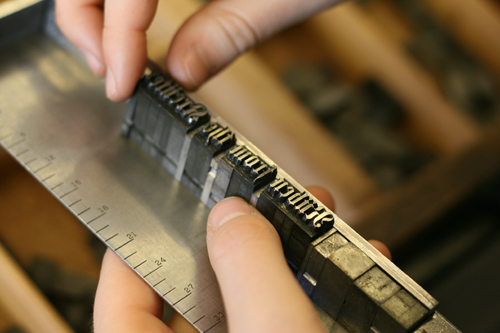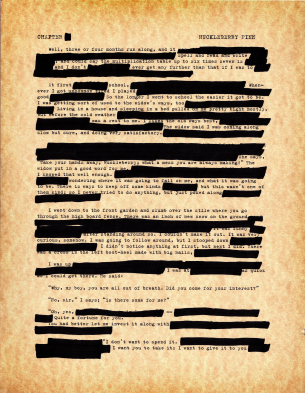Christmas is my favorite holiday, always has been. There’s
nothing better as a child than waking up and running over to the Christmas tree
to see at the beautifully wrapped presents that Santa left the night before. While
our class isn’t quite like Christmas, I know I experienced the same kind of
feeling our last class when we looked at all the different packages books can
come in.
The old
saying goes “never judge a book by its cover,” but the truth is we do. Just by looking at a book’s cover (without
reading anything) our class was able to identify one book as a fantasy fiction
novel and another as an important historical reference book. It turns out the
medium of the book is just as important as its contents.
How the book is constructed affects
how we read it. For example, with a scroll, you can’t simply flip to a certain
page. Instead, the entire thing must be unrolled in order to read from beginning
to end. Likewise, a book cannot present the words, pictures, etc. as an entire entity
all at once. Because of the pages, it is segmented and broken down.
How a book is constructed also
affects how we perceive it. And just like the wrapping of a Christmas present,
you never really know what you have until you open it. We looked at the
ornately wrapped present-- the old French law book. This book had a cover made
from wood and leather, its pages decorated with nice images and hand written
words. There was a very elaborate dedication in the front, painting this image
of grand importance and opulence. But then we opened the present. After a few
pages, we discovered the book had actually been cut out to be used as a secret
storage compartment. It was the gag gift, wrapped beautifully only to reveal
the cheap (and probably inappropriate) gift that your brother bought for you.

Not all the “wrappings” on the
books were deceiving though. There was the classic sentimental gift, the
vellum-bound book, that wasn’t too expensive, but probably took a long time to
make. Likewise, there was the well-intended gift, the scroll about the ancient Greeks,
where the idea of it was nice, but in actual practice it isn’t too practical. Finally,
there was also the what-on-Earth-is-this gift, the scroll about a boxing match,
where the wrapping is just as strange or unique as the gift itself.
While the wrapping of a Christmas
doesn’t affect the gift itself too much, how we “wrap” or bind our books
greatly influences them in the way of function and aesthetic appeal. There are
so many ways to construct a book, some of them being equally unique and
important as the stories within them. When it comes to books, you can’t just
rip the wrapping paper off as fast as your little kid hands can move. Instead,
we must take time to appreciate just how important it is as the gift itself.
Happy 3/4ths Christmas everyone!
-Amy























